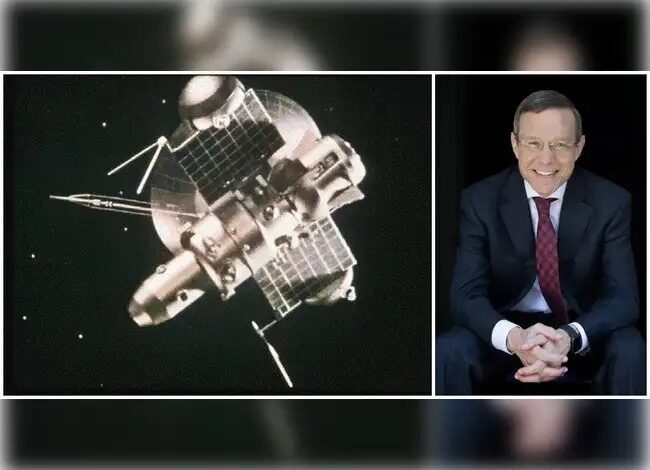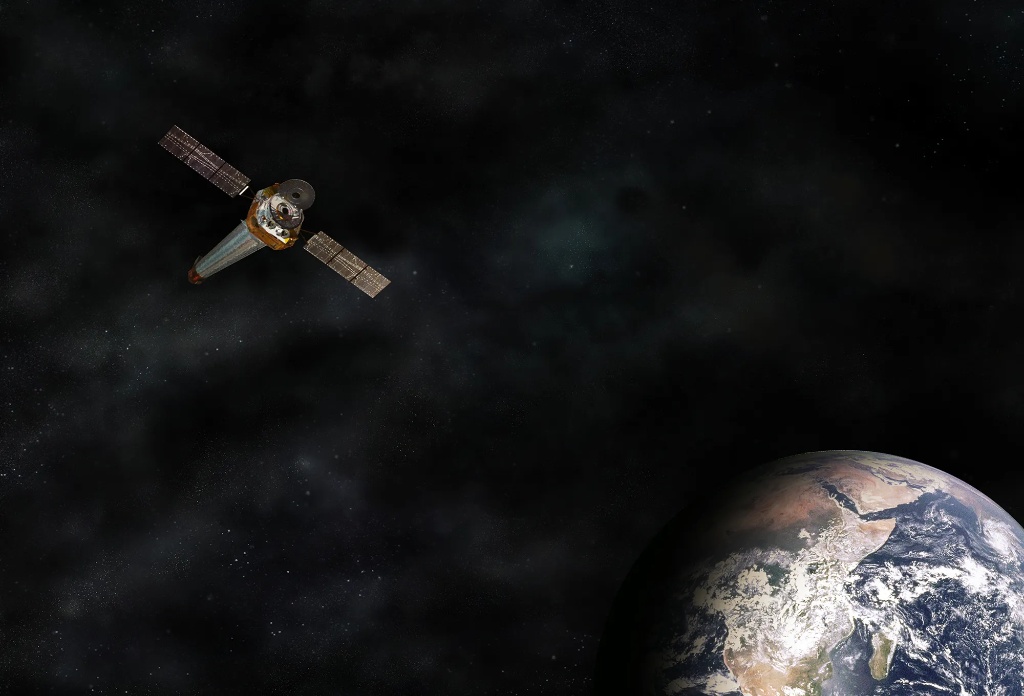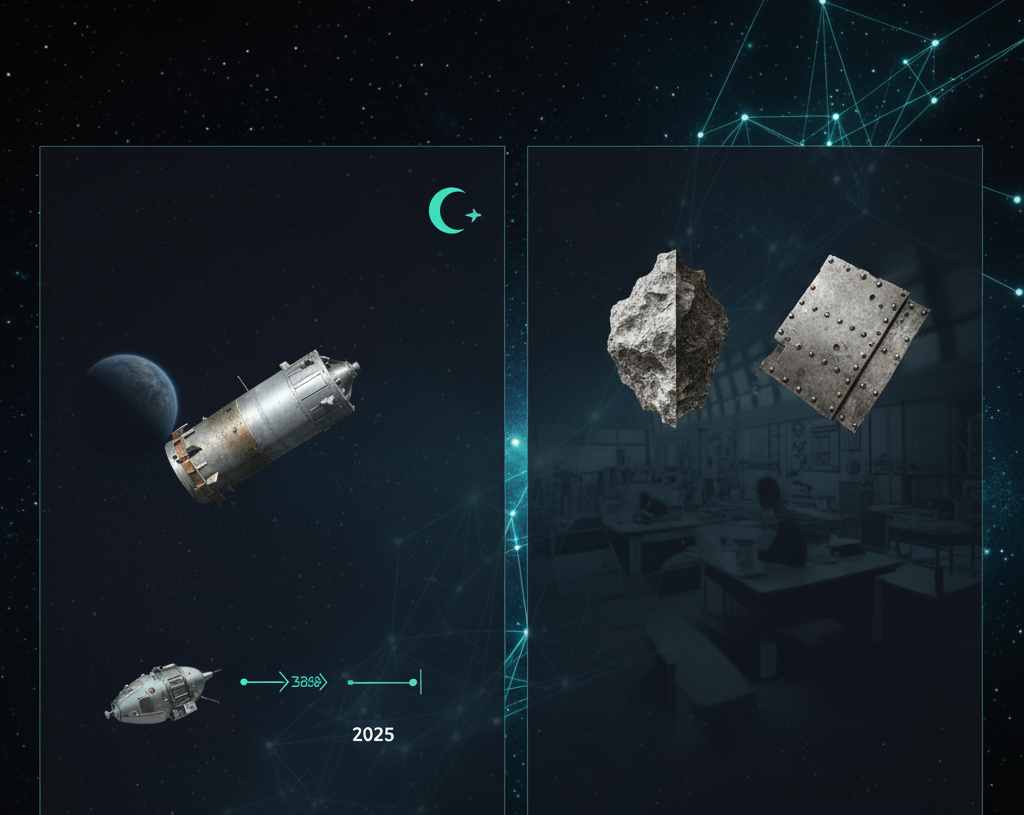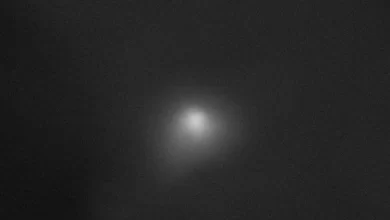
Cold War Relic? Professor Avi Loeb Hypothesizes Newly Discovered Quasi-Satellite 2025 PN7 is a Remnant of a Failed 1960s Soviet Mission
CAMBRIDGE, Massachusetts – The space and science community is buzzing over a new celestial object temporarily orbiting near Earth, dubbed the “Second Moon” by media outlets. Professor Avi Loeb, the renowned yet controversial Harvard University astronomer, has put forth a provocative theory: the object may not be a natural asteroid at all, but a relic from the Soviet space program dating back to the height of the Cold War. This claim marks a potential new chapter in identifying human-made debris in temporary Earth orbits.

❓ THE NEW DISCOVERY: QUASI-SATELLITE 2025 PN7
Discovered in August 2025 and designated 2025 PN7, the object belongs to the class of “quasi-satellites.” These objects orbit the Sun alongside Earth, sharing our planet’s path, but are not gravitationally bound to Earth. Professor Loeb’s dynamic calculations, conducted with engineer Adam Hibberd from the non-profit Initiative for Interstellar Studies, suggest that 2025 PN7 has maintained this temporary orbital status for approximately 60 years, originating in the mid-1960s. This timing immediately piqued the curiosity of researchers looking for long-lost spacecraft components.
🇷🇺 ZOND 1 AND THE BLOK-L STAGE HYPOTHESIS
Loeb and Hibberd traced the object’s trajectory backward, leading to a compelling hypothesis linking 2025 PN7 to a specific failed mission. Their research suggests the object could be a remnant of the Soviet Union’s failed Zond 1 mission—a spacecraft launched on April 2, 1964, intended to study Venus, but which lost contact due to a technical malfunction.
- Timeline Alignment: The calculated time 2025 PN7 entered its current quasi-satellite status in the mid-1960s strikingly overlaps with the launch window of the Zond 1 mission.
- The Likely Component: Loeb specifically postulates that the object may be the Blok-L upper stage rocket booster, which was designed to give the Zond 1 probe its final boost toward Venus. Their calculations indicate that a failure of the Blok-L stage to provide the necessary thrust, causing the object to fall short of its intended destination, is consistent with 2025 PN7’s current orbital path. This possibility elevates the object from a mere asteroid to a historically significant piece of space debris. [INTERNAL LINK: History of Soviet-US Space Race]

🔬 NATURAL ROCK OR TECHNOLOGICAL ARTIFACT?
This is not the first time such an identification has been suggested; in 2020, the object 2020 SO was detected and subsequently confirmed as a rocket component from NASA’s 1966 Surveyor 2 lunar mission. The previous confirmation serves as a precedent for the current speculation surrounding the Avi Loeb Second Moon theory.
To reach a definitive conclusion, Loeb and Hibberd strongly recommend further astronomical observation. Specifically, a spectroscopic analysis of 2025 PN7’s surface composition is required. If the spectrum reveals materials like aluminum or titanium, which are common in spacecraft construction, the hypothesis will be validated. If the analysis shows a dominance of silicates (rock), it will confirm the object is a natural asteroid. [EXTERNAL LINK: Harvard-Smithsonian Center for Astrophysics]
The object is estimated to be approximately 62 feet (19 meters) wide and is orbiting between 2.8 million and 37 million miles from Earth. Scientists project that 2025 PN7 will continue to accompany Earth in its orbit for another 60 years before drifting away back into the main Solar System.






